|
By: Hannah Tison While you may not have been able to travel the globe this summer due to coronavirus, your dinner may certainly have! The Center for Urban Education about Sustainable Agriculture estimates that most meals in the US travel 1500 miles before they get to your plate. Oftentimes this far reaching food web has disastrous effects on carbon emissions and the taste and quality of what you are eating. For more info click here. Eating locally has great benefits and may be more attainable than you think, here's how to start: At Supermarkets A trip to my local Albertsons revealed that most of the produce is sold under big name companies that source from many different farms in various places. This means it is difficult to know where the food is actually coming from and if it could be “local”. For example a package of Driscoll's blueberries may be coming from Mexico during the winter, but North Carolina in the summer. Although these well traveled fruits and veggies made up a lot of the produce, there was some produce grown in the state. The key to finding it is to do some careful searching on the labels and packaging. Start by looking for products that say grown in (enter state name) rather than just “U.S.”. Another tip for finding more local produce at larger supermarkets is to buy produce that is in season where you live. This is a pretty good guarantee that the grocery will be able to source the food from closer to home. You might find that by doing this your groceries end up being cheaper because if it is in season it will be more abundant and there will be lower transport costs. At Local Groceries I found that the smaller family-run grocery store near me stocked a lot more in-state produce than the larger grocery chain store. There were still some nondescript 'products of U.S.’ labels, but they also had mushrooms and oranges from a farm less than thirty minutes away. You may still have to do some label searching but a smaller store may yield higher results. Along with the fact that smaller grocery stores usually have a lower profit margin than larger chains and may be more inclined to stock local produce if they see a demand for it. You can start that demand! At Farmers Markets Farmers Markets are probably the cream of the crop as far as getting local produce, but many times they can feel intimidating. Aren’t they expensive and far away? Here's the great news, farmers market numbers have grown rapidly in past years and there's a good chance that one could be near you. Click here for a Farmers Market finder. As far as costs go, you are most likely supporting a small business and are probably paying for a higher quality product and thus a few extra cents may be necessary. If the costs are prohibitive, going closer to closing time of a farmers market may result in lower prices. Overall shopping at a farmers market, even only once a month, is a great way to incorporate more local produce with the added benefit of connecting you to your community. CSA My family recently started purchasing a weekly CSA box. We researched local programs and found a great local farm who delivers us a box of their fresh produce every week. CSA stands for Community Supported Agriculture, and is a great option if visiting a local farmers market doesn’t fit into your schedule or you just want something more reliable. We love our box because it feels like Christmas every week when it arrives and we know that what we are eating is in season and locally grown. Although they are now more accessible than ever, I recognize the idea of sourcing all produce from the farmer markets or CSA every week can seem daunting and not realistic. The great news is that, as this blog post illustrates, there are numerous options. The key is being more intentional when thinking about where you are sourcing your food and who you are supporting. It only takes a quick check of labels and maybe a decision to buy stone fruit grown locally over bananas grown far away to support and invest in a more localized economy and often end up with a better product.(one that has been bred for taste rather than ease of transport). Growing your Own Can't get more local then your backyard, porch, or container on your window seal. Home gardening is a great option that can save money and emissions. As we enter into August you may be surprised by what you can plant right now! Here is a great resource for finding out what and when you can plant based on your location.
So remember, now is not the time to live your travel plans vicariously through your vegetables. Eating in season and local benefits almost everyone involved and just one local meal a week can make a difference. Shop smart, shop local!
3 Comments
2/22/2021 02:54:55 pm
I love the idea of sourcing food from a place that is closer to home. I bet I could find a couple of authentic markets like this. Places that grow foreign food and have it shipped locally.
Reply
8/30/2022 06:50:37 am
It captured me the most when you mentioned that smaller grocery stores sell more in-state produce. My mother wants to stock more vegetables in our kitchen. I should advise her to look for a wholesale produce supplier to ensure quality.
Reply
Leave a Reply. |
TUGIWelcome to Seeds for Thought, the TUGI Blog where we will be highlighting incredible stories of environmental activists and change makers, environmental news, and tips to living a more green and sustainable lifestyle. If you are interested in learning more about what we are doing on a monthly basis, subscribe to our TUGI Newsletter. Archives
May 2021
Categories |
TUGI
|
|
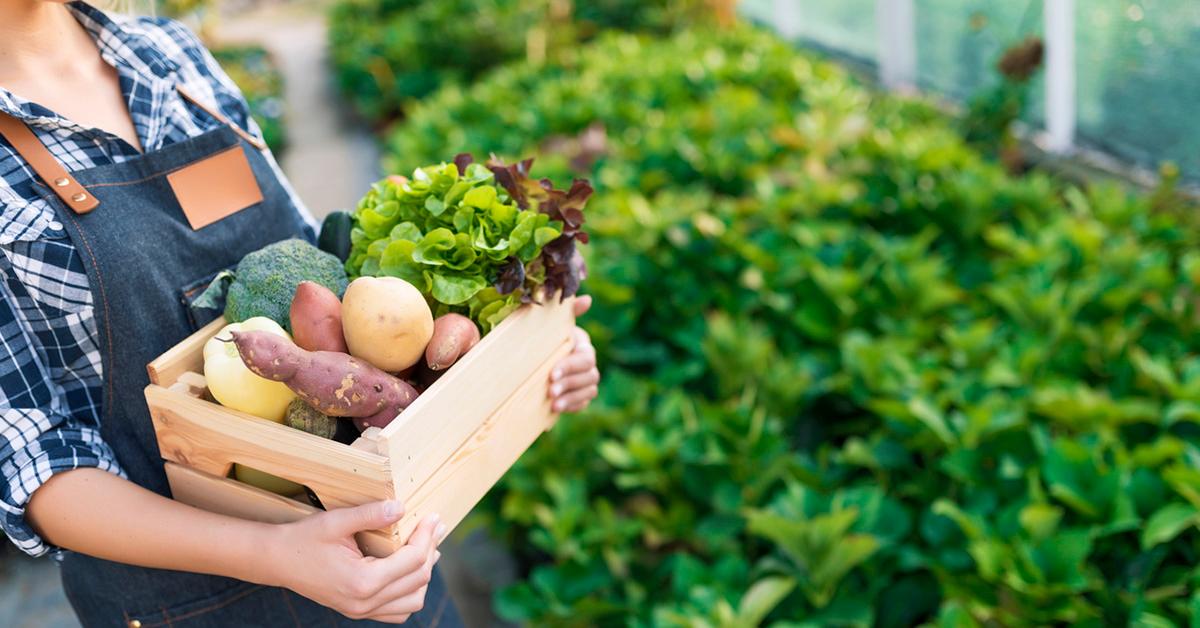
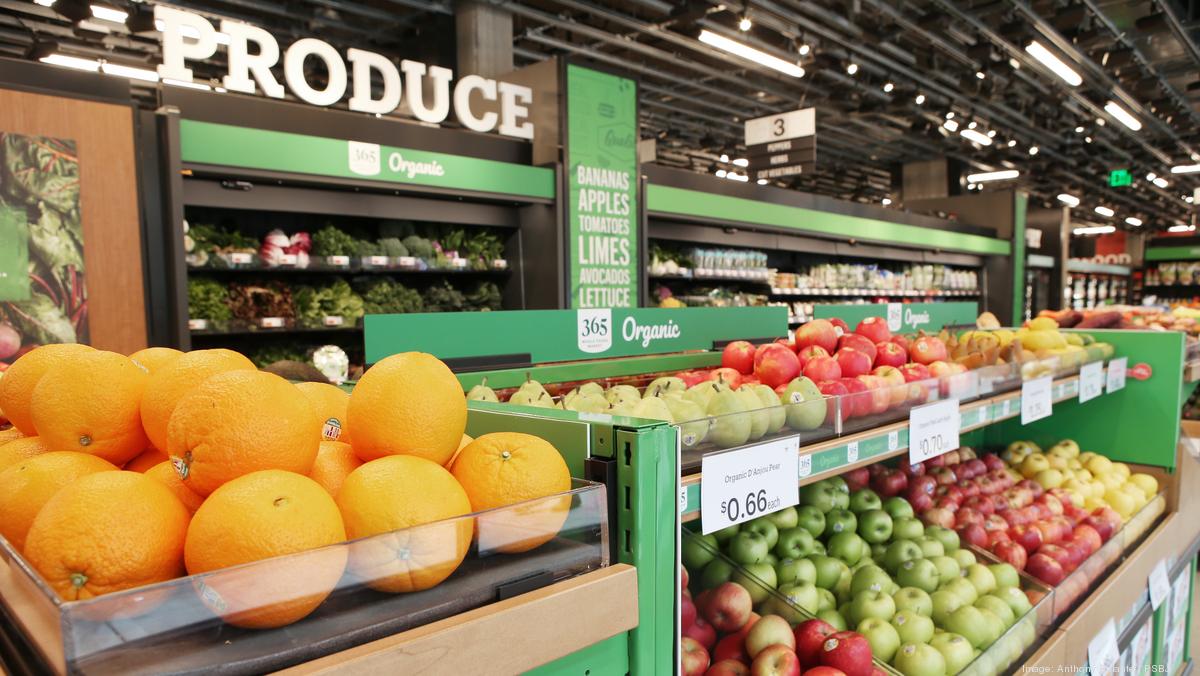
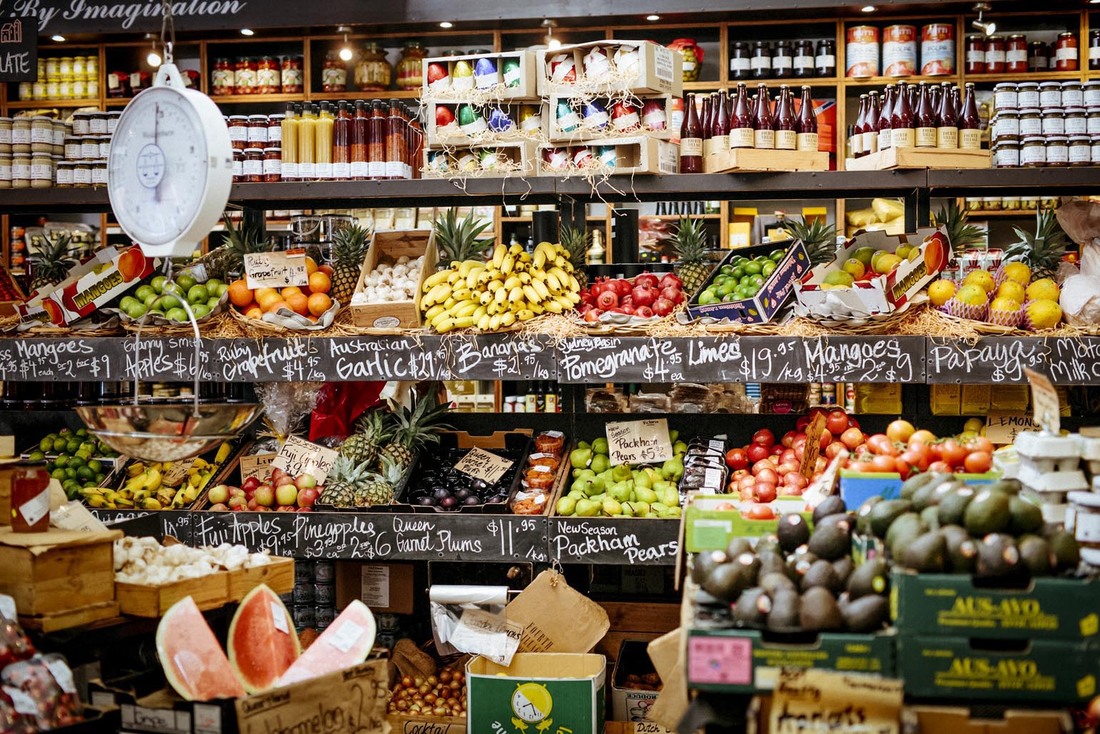
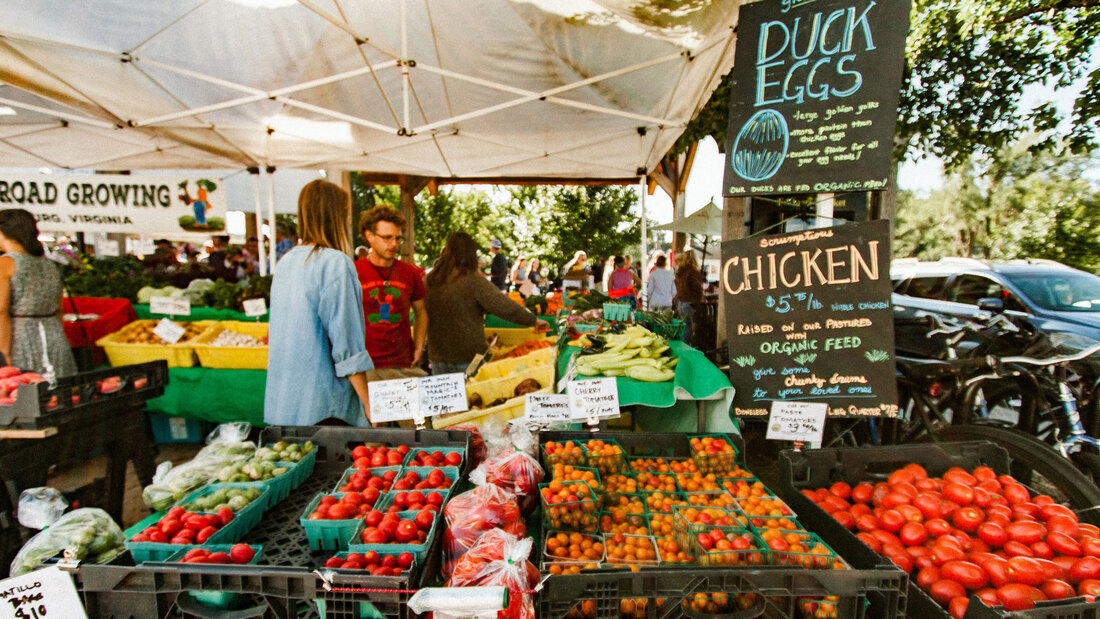
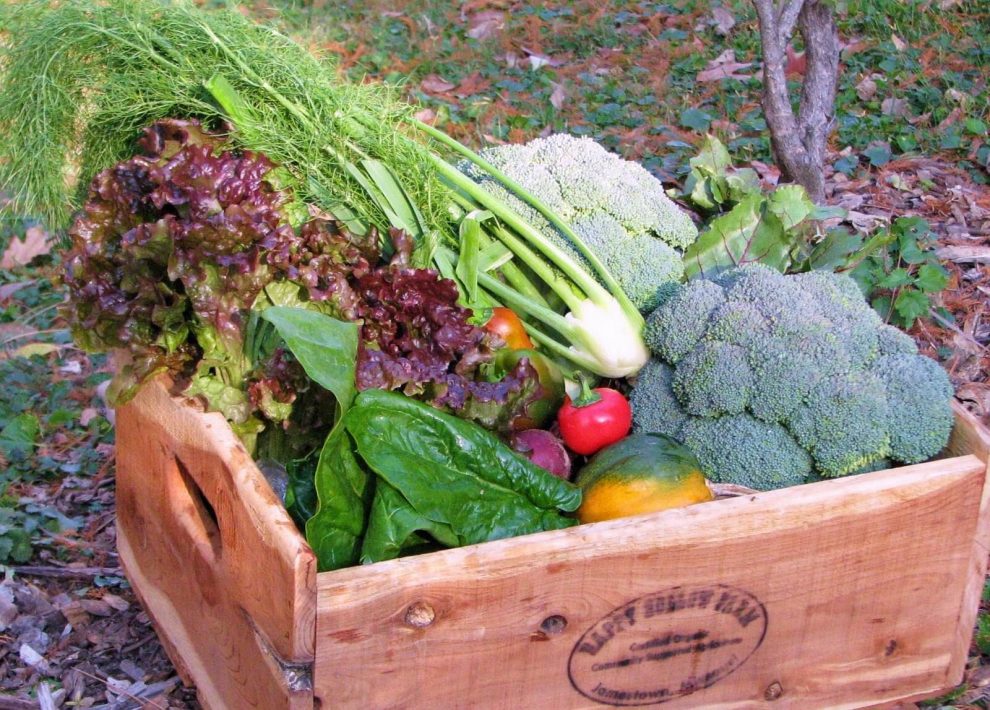
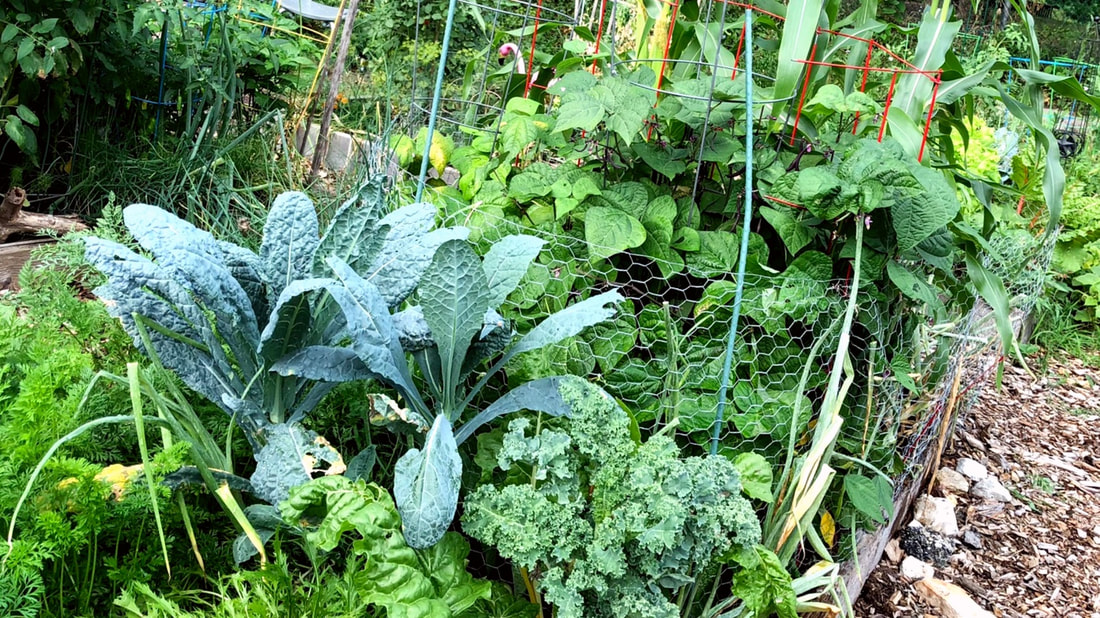
 RSS Feed
RSS Feed
